| Because of the deep position of the scaphoid, scaphoid fracture fixation traditionally requires fairly wide surgical exposure. A variety of volar, dorsal and radial exposures have been described. Wide exposure has the disadvantages of creation of a wide zone of scar tissue as well as possibly disrupting existing circulation to the fracture site. This case illustrates a technique for limiting the dissection required for screw insertion from a dorsal approach. |
| Click on each image for a larger picture |
| Incision marking. The radial styloid is marked with a circle. A more proximal incision may better accomodate distal skin translation with wrist flexion. |
 |
| Exposure of the fracture line: |
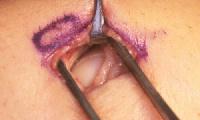 |
| Screw insertion site |
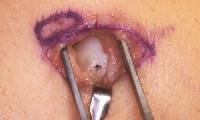 |
| The patient was fitted with a removable splint, but was noncompliant, and actually had no immobilization after the first week. This is his motion two months after surgery: |
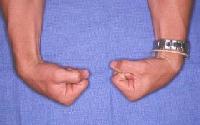 |
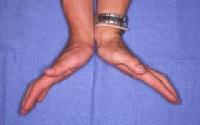 |
| Xray before |
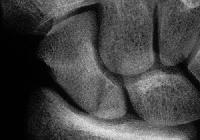 |
| and two months postop: |
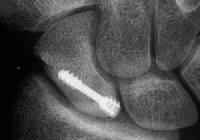 |
| Xray before |
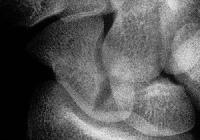 |
| and two months postop: |
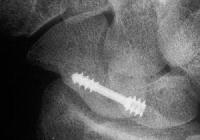 |
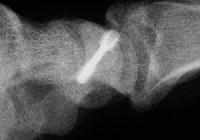 |
| Search for...
percutaneous scaphoid fixation limited exposure scaphoid fracture |
Case Examples Index Page | e-Hand Home |